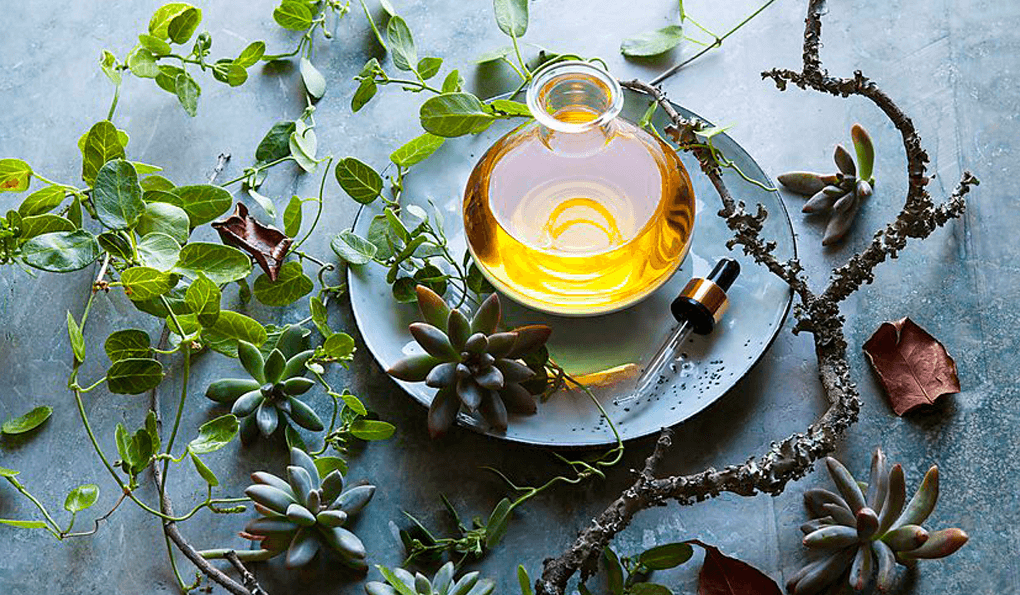
When it comes to skincare, an ever-evolving list of super ingredients promises to make your skin smooth, firm, and youthful—and new products are cropping up every single day, (such as the wonderful Prickly Pear oil).
With so many options out there for taking care of your skin, it can be hard to know where to begin.
One superior ingredient from nature has captured the attention of makeup artists, aestheticians, cosmetologists, and skincare gurus everywhere: rosehip oil.
What Is Rosehip Oil?
Rosehip oil is harvested from the seeds—left behind once the rose has bloomed and the petals have fallen off—of the small fruits from a variety of rose bushes grown in Chile, South Africa, and Europe. Note: don’t expect your rosehip oil to have that classic rosy scent, because the oil does not come from the fragrant portion of the flower. Instead, rosehip oil carries a woodsy scent—and so many skin clarifying benefits that it’s hard to keep track of them all.
Benefits of Rosehip Oil
Rosehip oil is rich in essential fatty acids, vitamins, and antioxidants that benefit skin in a variety of ways. For instance, rosehip oil is:
• Hydrating. Rosehip oil is rich in essential fatty acids, which hydrate and sooth dry skin and can even treat a dry scalp.
• Rejuvenating. Ample amounts of antioxidant vitamins C and A in rosehip oil reduce sun damage, repair surface skin, and regenerate scar tissue.
• Anti-Aging. This wonder oil brightens dark spots and reduces the appearance of scars, stretch marks, and fine lines.
• Soothing. Rosehip oil works to sooth sensitive and irritated skin, while balancing skin tone.
• Revitalizing. It’s not just for skin! Rosehip oil can also promote healthy, shiny hair and condition cuticles and nails.
• Protecting. Beta-carotene and lycopene in rosehip oil protect against free radical damage that can harm and prematurely age skin.
• Renewing. The trans-retinoic acid in nourishing rosehip oil promotes cell renewal for glowing, healthy skin.
What makes rosehip oil such an amazing skincare ingredient is that it’s both non-greasy and incredibly light, so it absorbs easily into the skin (and not onto your pillowcase!).
How to Use Rosehip Oil
While you can (and should) apply rosehip oil directly to your skin (2-3 drops is all you need!) as a moisturizer, you can also add it to your foundation or mix it with water for a refreshing skin spritz. You can rub rosehip oil on scars, use it to remove makeup, apply it to cracked heels, massage it into hair, and use it to condition dry lips and strengthen brittle nails.
Want to make your bottle of rosehip oil last a little longer? Try adding a few drops to your favorite daily lotion and your shampoo. Or, combine it with a carrier oil to create your very own massage oil.
Now that you know all of rosehip oil’s amazing benefits, you may be tempted to slather yourself in it every day, but before you dive in, start slowly and see how your skin, hair, and nails react. We recommend rosehip oil solely as a topical treatment—do not ingest it to treat any internal ailment without talking to a qualified professional.
No matter what your skin concerns, you can benefit from the regular use of rejuvenating rosehip oil. From treating stretch marks and wrinkles to soothing blemishes and redness, rosehip oil is truly one of nature’s most nourishing and hydrating miracle oils.










